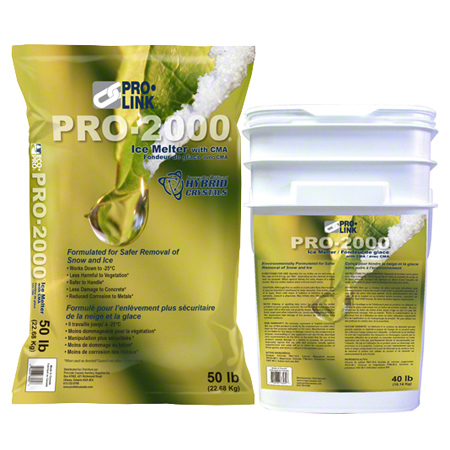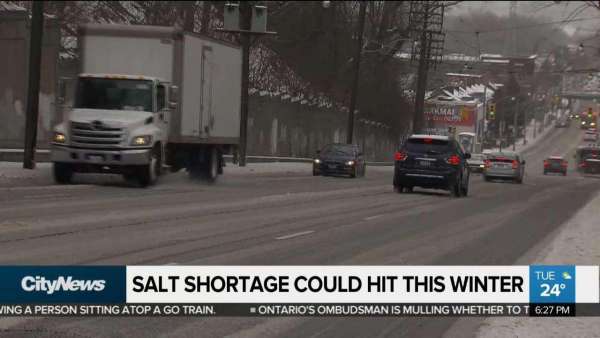Businesses need to look for smart salt alternatives for roads and walkways
It’s official: Ontario is heading into the winter 2018-2019 season with a serious salt shortage and businesses will need to find alternatives to making roads, walkways and parking areas safe for people and vehicles.
It’s happening for several reasons:
- The major ice storm in late spring of this year depleted a significant portion of established salt inventory
- The world’s largest salt supplier, Compass Minerals here in Ontario, was on strike this summer, diminishing production
- A flood at Cargill’s Cleveland mine has made it difficult for that facility to increase or maintain production levels
- Some municipalities – which are given priority over private businesses for safety and liability reasons – are ordering more salt to ensure that they have sufficient on hand to address extreme weather events which are occurring more often
Salt suppliers are scrambling to source salt from around the world, but everyone – from producers to suppliers to retailers and government sources – is advising that the best way to ensure you’re prepared for the winter weather is to make sure you have salt alternatives on hand.
Alternatives to winter salt
Salt has never been a perfect solution for melting ice on walkways and roads – it’s hard to spread efficiently, it can be tough on cars, and in the longer term it’s not great for the environment in large quantities.
Here are some of the alternatives that have been tried commercially:
Cheese brine: When mixed with rock salt, this by-product of cheese production becomes a very effective liquid de-icer with a freezing point 8 degrees lower than salt. It’s popular in Wisconsin, where the large cheese industry means the volume of brine is both sufficient and local. It’s difficult to scale, unfortunately.
Pickle brine: Similar to cheese brine, when mixed with salt this can be an effective de-icer. Also like cheese brine, however, it’s difficult to scale quantities at short notice.
Beet juice: When mixed with salt, this normally-wasted byproduct helps salt stick to the ice and become more effective so less salt is required. However, when the weather warms up a bit, it can give off an unpleasant smell and was pretty sticky.
Fracking waste water: Turns out that the waste water from hydraulic fracturing is great at de-icing. Unfortunately, it’s also an environmental hazard, so in most cases you need special dispensation to use it.
Birdseed: Birdseed can work well as a way to improve traction on snow and ice, but it isn’t a de-icer and becomes less effective in severe ice storms.
Sand: Like birdseed, sand is a way to improve traction on snow and ice, but it won’t de-ice what’s under it. And overuse of sand can be a big problem when it gets swept into storm drains.
What we’re recommending for this winter:
Pro-Link PRO-2000

PRO-2000 is an environmentally-benign de-icer made of CMA (calcium magnesium acetate). It’s fast-acting, and when pre-applied, prevents ice and snow from bonding to the surface area. As it goes to work, its time-released formula stays on the surface area longer, helping to control the freeze/thaw cycle.
It’s easy to disperse, and non-tracking.
Health & safety
PRO-2000 is safe to handle without protective clothing, so it’s especially easy to use in retail locations and offices where full-time maintenance personnel aren’t always available. It doesn’t dry out or irritate the skin. It’s CFIA approved and safe for vegetation.
Want to learn more about how to combat the salt shortage this winter? Call us at 905-522-5756 or email sales@tennier.ca and we’ll make sure you have what you need!





